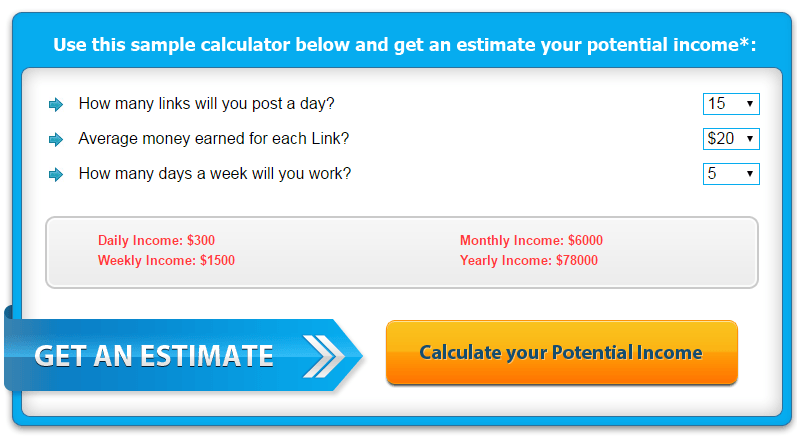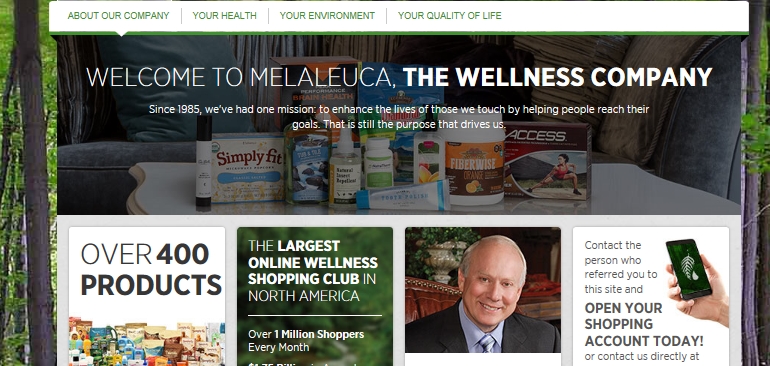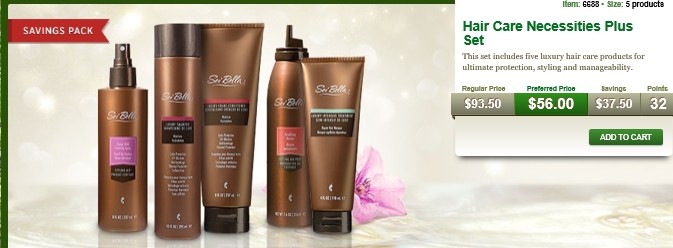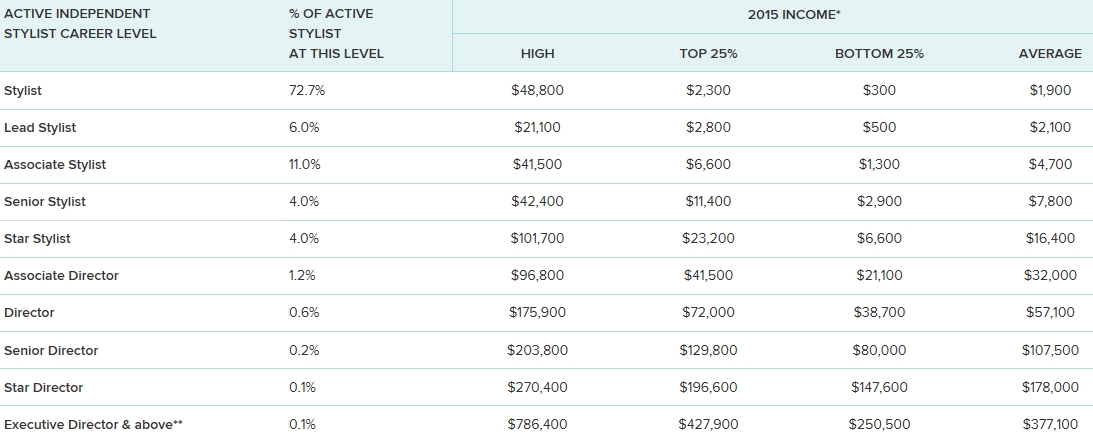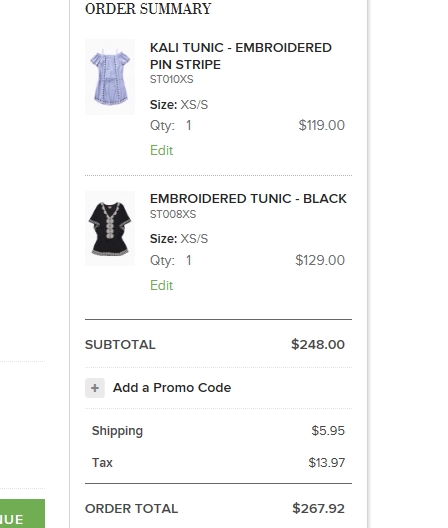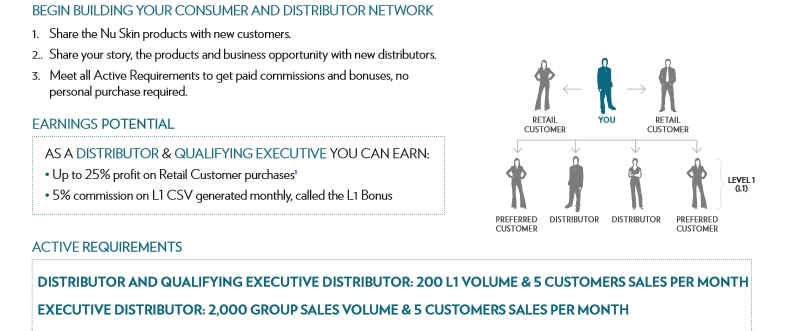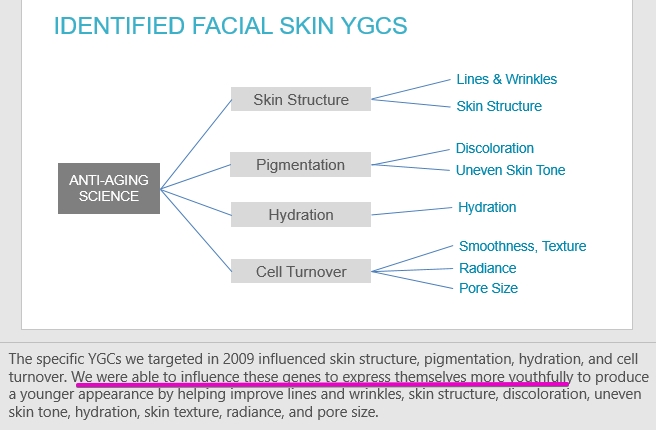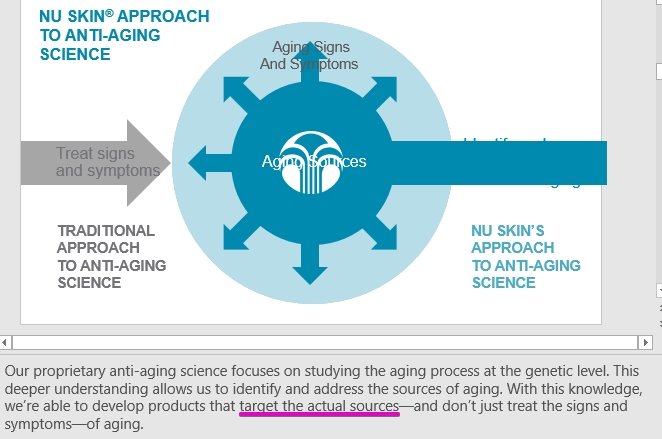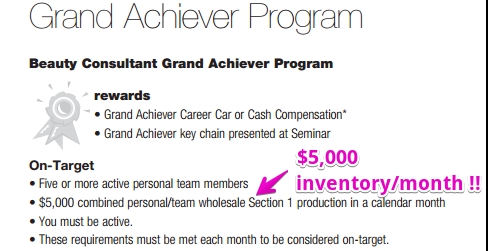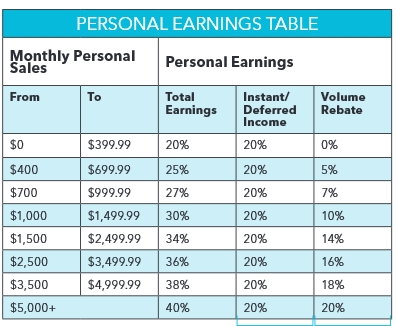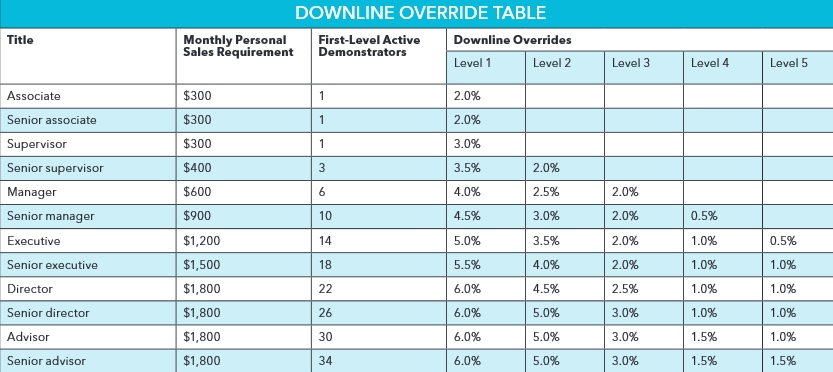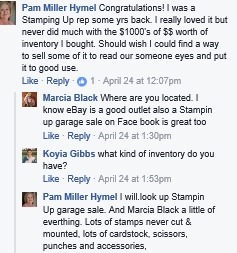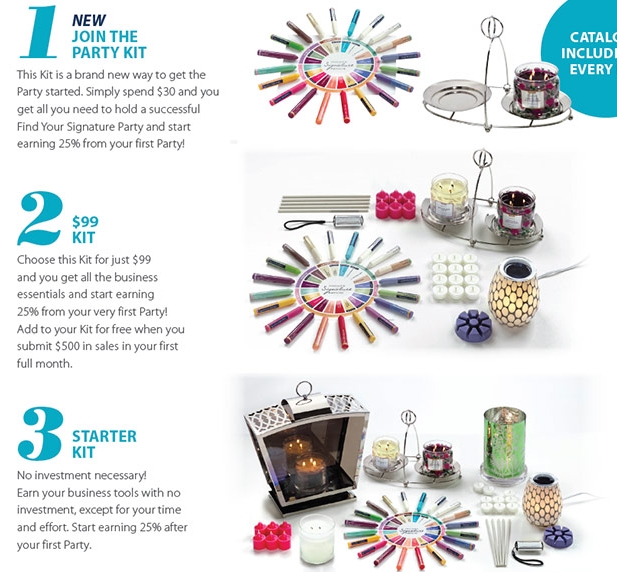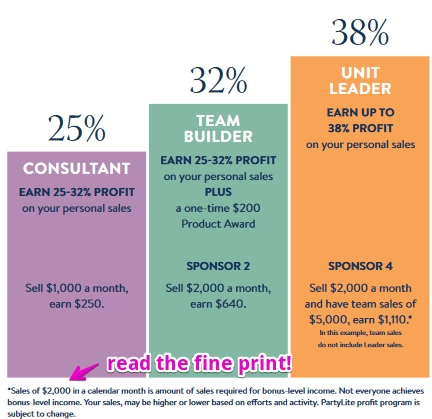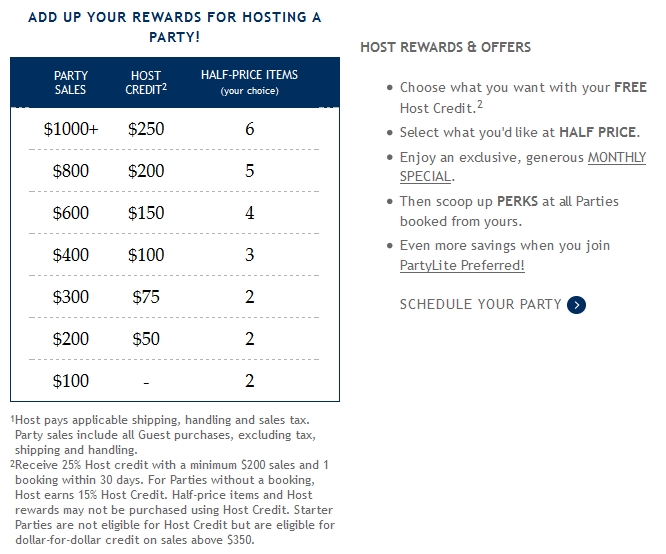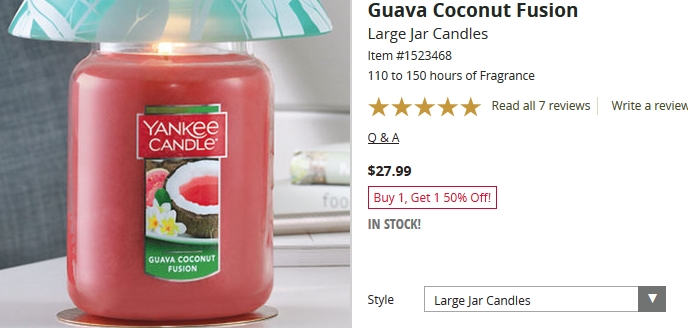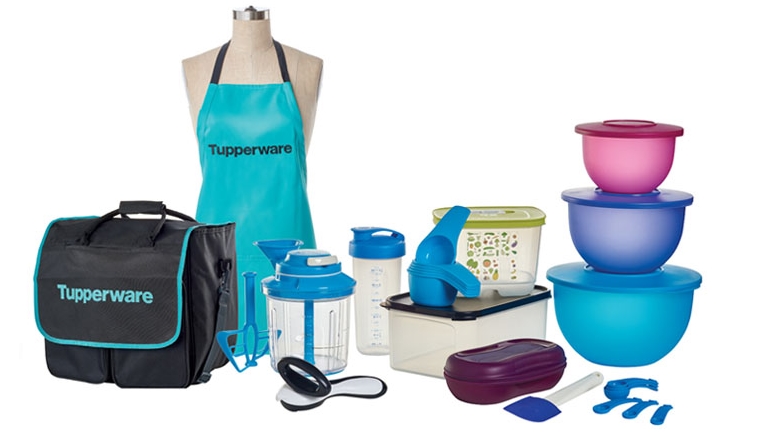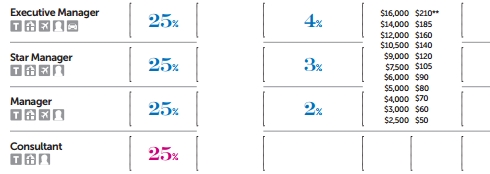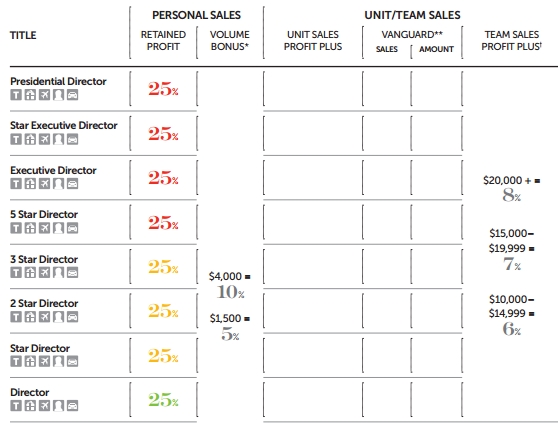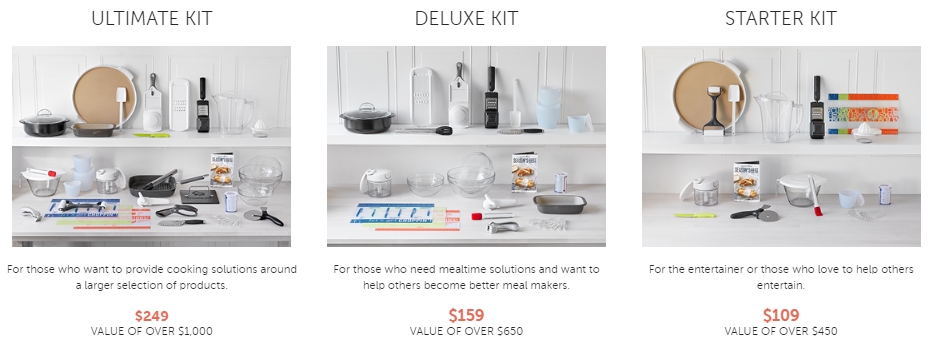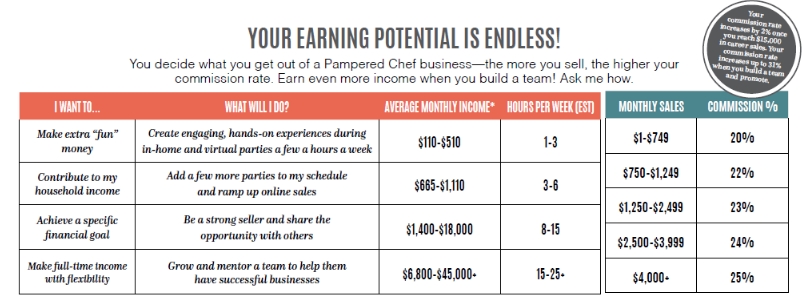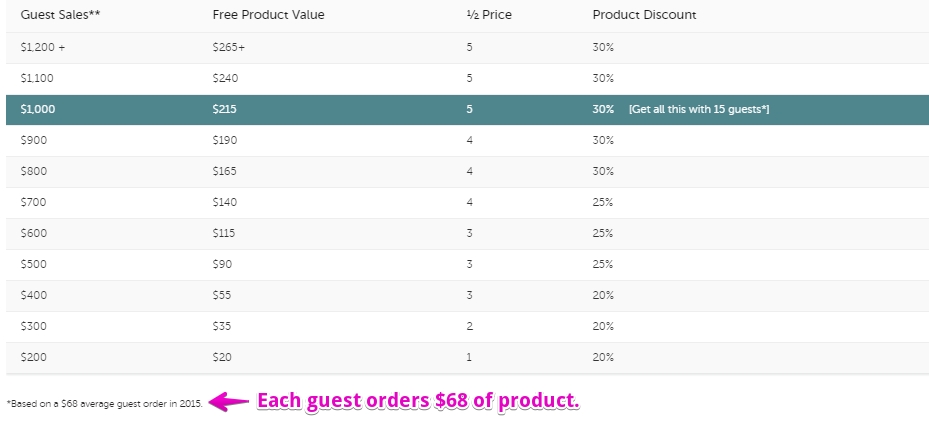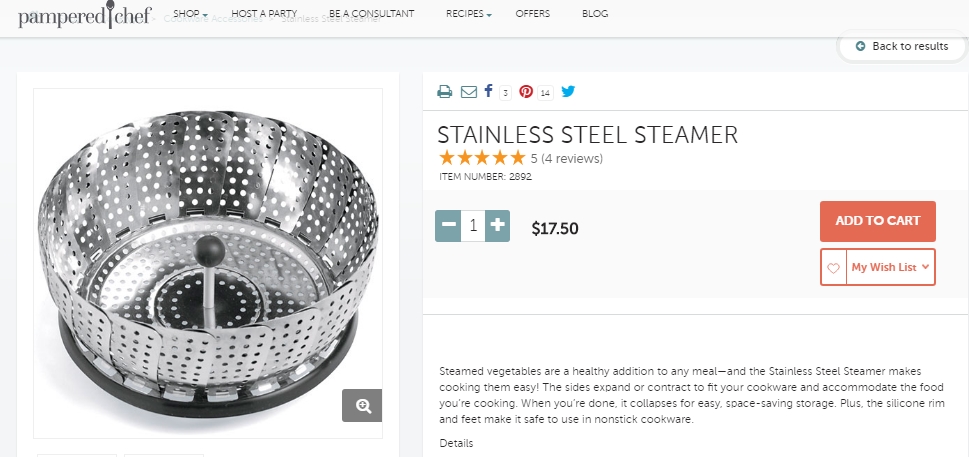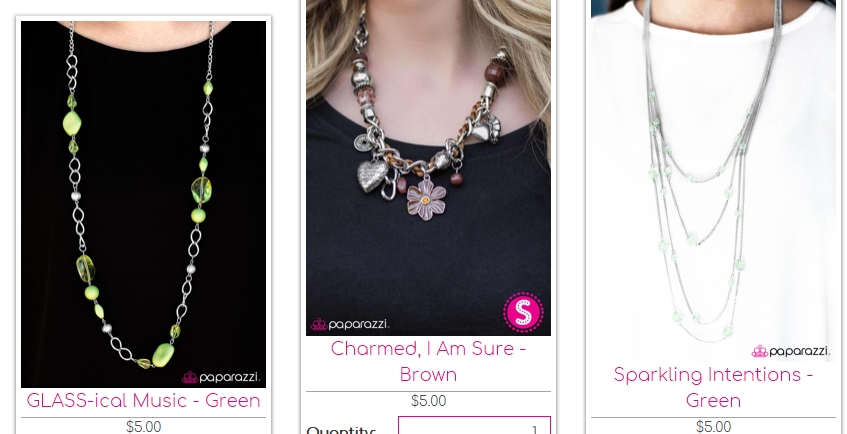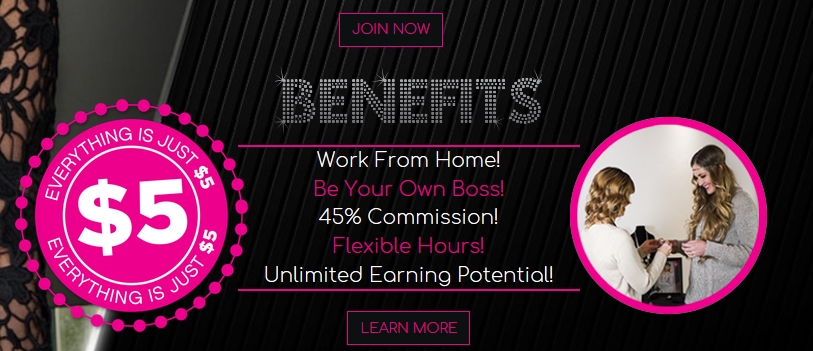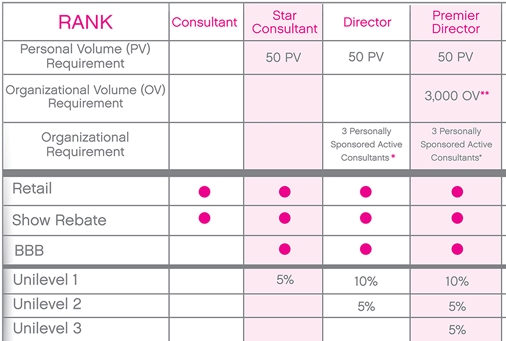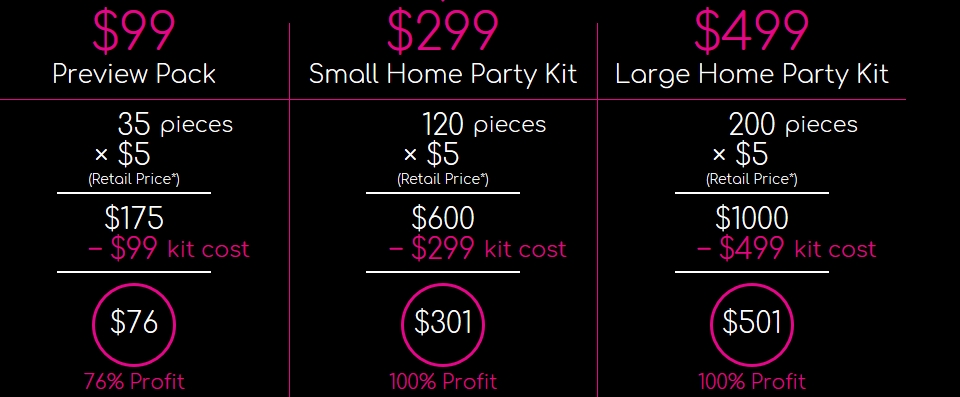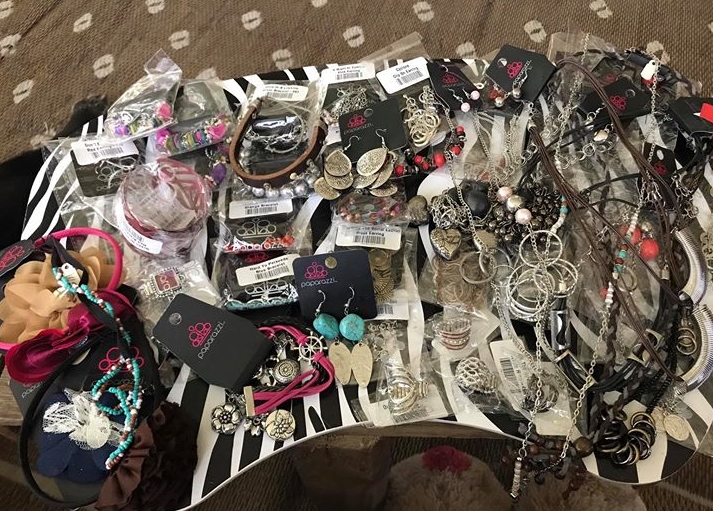Poets—well, writers in general—have a reputation for having a hard time making a living. So if you’re a poet, you might not believe that you can get paid to write poems.
But believe me, people and businesses do pay for poems.
Here are 24 places and websites for you to submit your poems, make some money, and maybe become the next Lang Leav.
24 Sites That Pay You To Write Poems
Just as a heads up, a lot of places charge a small “reading fee” just to be considered. Not all, but most do.
Paying this fee also doesn’t guarantee that your submitted poem will be published either.
I just want to make sure you’re aware that you may have to spend a few bucks to get some eyes on your poems.
1. AGNI
This magazine accepts online and print magazine poetry submissions only from September 1st through May 31st.
Published pieces earn $20 per page, up to a $150 maximum, as well as a year’s subscription to the magazine.
2. Arc Poetry Magazine
This Canadian magazine accepts submissions from April 1st to July 31st for the Winter issue and September 1st to December 31st for the Summer issue. They will not entertain or read submissions any other time.
Up to three poems or 360 lines may be sent in a submission, and only one submission per year is allowed.
Arc Poetry pays $50 per published poem.
3. The Sun
The Sun accepts submissions all year round. You can either mail in your poems or submit them online.
If you do mail them in, make sure you include a return envelope and postage if you want to get the original copy back.
You can get paid $100 to $250 for your poems.
Samples are provided to show you exactly what they are looking for.
4. Iron Horse Review
IHR accepts poetry at specified times of the year and based on select themes. Purchase a sample issue to know what they’re looking for, and send 3 to 5 poems for consideration.
Published submissions are paid $50.
5. Chicken Soup for the Soul
This well-known publication awards $200 for published poems that meet its (easily readable) guidelines.
They prefer poems that read more like a story and less like a greeting card.
Poets also receive 10 free copies of the book that their poems are published in.
6. Poetry Magazine
Not to be confused with Poetry.com which mysteriously disappeared off the web one day.
This publication has existed for over 100 years and accepts submissions of poems and prose all year, and their response time is around 8 months.
Published pieces are paid at a rate of $10 per line or $300 minimum.
Published prose is paid out at $150 per page.
7. The Threepenny Review
This quarterly journal only accepts poetry submissions during the first half of the year.
Submissions must be either mailed in or provided via the publication’s online submission form. Published entries are paid $200.
8. Rattle
This online and print journal accepts submissions all year. You can submit up to four poems at a time.
Print contributors get paid $200 per poem and a complimentary one-year subscription to the magazine, while online contributors get paid $100 per poem.
Your submissions will also be considered for the annual Neil Postman Award for Metaphor, a $2,000 prize judged by the editors.
9. Boulevard Magazine
This literary publication, which has been around since 1985, accepts submissions of poetry from November 1st to May 1st.
You can submit your work either through its online Submittable site or by postal mail; online submissions cost $3 but postal ones are free (minus the cost of a stamp, of course).
Payment for published poems ranges from $50 to $250.
10. Ploughshares
This publication is operated by Emerson College and accepts submissions from June 1st through January 15th.
Online submissions cost $3 unless you are a publication subscriber. Mailed submissions are free.
Up to five pages of poetry may be submitted at one time.
If the poetry is published, you earn $45 per printed page, two copies of the issue you are published in, and a year’s subscription to the publication.
11. Grain Magazine
This quarterly literary journal accepts poetry submissions from September 15th to May 15th. You can submit individual poems, sequences, or suites, up to a maximum of six pages.
You can get paid for your poems from $50 per page, up to a $250 maximum, plus two copies of the issue in which your work appears.
12. The Iowa Review
This publication is operated by the University of Iowa and only accepts submissions from September to November via Submittable ($4 per submission) and paper submissions through the post.
You can submit up to 8 pages of poetry, and published poetry is paid at $1.50 per line ($40 minimum).
13. Slice Magazine
This literary journal accepts submissions from April 1st – June 1st and October 1st – December 1st.
You can submit up to 5 poems per submission and only one submission per reading period.
Submissions must align with the chosen themes of the journal, which change for each issue. Accepted poems are paid $100.
14. Black Warrior Review
The University of Alabama operates this publication, which accepts poetry submissions from December 1st to March 1st and from June 1st to September 1st.
The submission site doesn’t specify the exact sum of the “nominal fee” you receive for accepted submissions; however, because it is noted as ‘nominal,’ it’s probably under $50.
15. The Capilano Review
TCR is a Canadian literary journal that accepts some unsolicited poetry; submissions can be as long as eight pages.
Check back on their page to check if they currently have an open submission.
If accepted and published, your poems could get you $50 per page, with a maximum of $200.
16. The Colorado Review
This journal is operated by Colorado State University and accepts poetry submissions from August 1st to April 30th. You can submit up to five poems, with a maximum of 15 pages.
Online submissions cost $3, but there is no fee to submit poems via mail.
Published poems are compensated with a minimum of $30 or at $10 per page.
17. Orion Magazine
Orion Magazine is an environmentally-focused publication that periodically accepts poems that focus on the “intersection of nature, culture, and place.”
Check back on their site to see if they’re currently accepting submissions.
Up to three poems can be submitted at a time and published poetry is paid $100.
18. VQR Online
The Virginia Quarterly Review accepts poetry only from July 1st to 31st and only via Submittable (no email or post submissions allowed).
Published poems earn $200 (up to 4 poems maximum); for a set of 5+ poems, poets receive $1,000.
19. The Pedestal Magazine
This online magazine has periodic calls for poetry along an established theme. Check back on their submissions page to find out when there’s an open submission period.
Up to five poems per submission are allowed for review, and they only accept submissions via Submittable.
Payment is $50 per accepted poem.
20. Crazyhorse
Crazyhorse is a publication from the College of Charleston, which accepts poetry submissions that reflect multiple poetries of the 21st century, especially those written by poets from underrepresented communities.
They welcome submissions from September 1st to May 31st. You can also submit your entry for their Crazyhorse Prizes from January 1st to January 31st.
Payment is at $20 per page, with a maximum of $200 payment.
21. EPOCH Magazine
EPOCH Magazine is edited by the Department of English of Cornell University and comes out on September, January, and May.
They only accept unsolicited submissions between September 15th and April 15th of each academic year.
Payments vary from year to year depending on their funding. Currently, you can get paid $50 per poem.
22. U.S. Kids
Why not get paid to write poems for children?
U.S. Kids Magazines publishes Humpty Dumpty and Jack and Jill magazines.
They accept submissions of 4 to 12 lines of poems for Humpty Dumpty, which is targeted to children aged 2 to 6 years old, and pay $40 and up per poem.
23. Willow Springs
Willow Springs is produced within the Master of Fine Arts program of Eastern Washington University.
They publish every spring and fall, and accept poetry submissions between September 1st to and May 31st.
You can submit up to 5 poems through their Submittable site, with a $3 fee. Each published poem gets you $20.
24. 50 Haikus
Short-form poetry doesn’t pay much but if you’re constantly jotting them down, know that you can get paid for them.
50 Haikus is a literary journal featuring only Haiku poetry in open form, with each issue containing exactly 50 Haiku poems.
They are open for submissions all year round, but you can only submit up to 5 times each month, 1 poem per submission. They accept submissions through their Submissions Manager or through the post.
Token payments are $1.50 normally, with Editor’s Choice submissions paid $10. After publication, a one-year online subscription to 50 Haikus is awarded as well.
How Much Can You Get Paid to Write Poems?
You can get paid anywhere from $2 to $250 to write poems, depending on whether they are published. Every site above has a different payout schedule and various requirements you need to meet before you get paid.
A lot of these sites only accept submissions a few times per year.
How to Get Your Poems Accepted
You can’t get paid to write poems if your poems don’t get published. Here are some tips to increase the chances of your poetry getting published.
1. Read and follow the submission guidelines carefully.
For every poet who doesn’t know how to follow instructions, there are hundreds out there who do.
Why risk getting ignored when you can simply follow their submission guidelines?
2. Familiarize yourself with previously published works on the websites you’re submitting to.
Knowing the styles of poets who have already been published on those websites will help you know what the publisher expects.
Publishers would much rather pay those who can provide what they’re looking for.
Some publications require you to buy back issues for a discount, while others have their digital issues available online for free.
Weigh the investment of buying back issues or even subscribing against the potential earnings to know if it’s worth it.
3. Submit as often as you can, to as many websites as you can.
The more poems you have out there, the greater the chances that someone will be interested in your work.
As you have probably read above, not all of them accept submissions year-round. It’s useful to have a calendar marked with submission schedules of the websites you’re interested in.
Ready to Get Paid for Your Writing?
Getting paid to write poems all day long may seem like a dream to some, but the reality is it’s often challenging and submission fees can quickly add up.
You might have a better chance with writing for greeting card companies.
Or feel free to explore this list of 153 ways to get paid to write to further your chances of making it as a published author.
Have you ever been successfully published and been paid for your poetry somewhere? Tell us your story in the comments below!
















